One disappointment in the Viking cruise system is that when it came time to book shore excursions, most all were fully booked. There’s a pecking order in which those booking expensive suites get preference over those of us in steerage. We hit the Go button at the appointed day, hour, minute and second to no avail. Now I know how the second-class passengers on the Titanic must have felt even before hitting the iceberg.
All we could book for today was the “included” (that is, free) two-hour visit to the local museum. No helicopter ride, no visit to the WWII airfield. We had thought we’d spend a few minutes in the museum and then head out on foot to tour Darwin on our own.
The morning came with rain. We’d done what turned out to be a walking tour of all the spots the bus driver recommended yesterday evening after the Crocodile tour. And, much to our surprise, the Museum and Art Gallery of the Northern Territory is a gem. It has three main areas of focus:
- A display of indigenous art that resulted from a competition sponsored by Telstra, a local cell phone company, called the 2023 National Aboriginal and Torres Strait Islanders Art Awards. The artists are from the various aboriginal communities scattered across the Northern Territory, many amateurs or “emerging artists,” some professional. I’m no art critic but I found the art to be quite good and certainly interesting, most of it impressionistic with a few photo and video pieces included. Many used local materials and pigments.
The equally interesting part of the art exhibit is the artists statements posted next to each piece. In each statement, the artist describes the experience in their community that inspired the work. “My grandmother told me the story of . . . “; “When I explore around my community, I find . . . “; or, “I’m inspired by this aspect of nature.” These statements, taken together, give a sense of what aboriginal life is like today and was in the past.
I asked our bus guide, who confessed to being a fill-in commentator, how many aboriginal groupings and how many languages exist in the Northern Territory. She said, “Oh I have no idea. Countless. And a countless number of languages.” One source I found on line lists 16 languages and 56 communities but warns it’s not an exhaustive list. Some communities use more than one language. The Northern Territories is said to be the most linguistically diverse places on earth. It makes me worry about how long these languages, and the cultures behind them, can survive in this modern world.
The artists’ statements speak of the concept of Country. Here are some quotes from a web site I found that helps me to understand what the artists are trying to express in their work https://aiatsis.gov.au/explore/welcome-country
‘Country is everything. It’s family, it’s life, it’s connection’. — Jude Barlow, Ngunnawal Elder
‘Being welcomed to Country means that you are talking to your spiritual ancestors and you’re saying just let this person come through. We trust that they’re not going to do any harm on this Country and so do not harm them.’ — Jude Barlow, Ngunnawal Elder.
“Acknowledging when you’re on the land of Traditional Owners is a sign of respect which acknowledges Aboriginal and Torres Strait Islander ownership and custodianship of the land, their ancestors and traditions. Both Indigenous and non-Indigenous peoples can show this form of respect.
Only the traditional owners can speak for and welcome visitors to Country or give others the authority to do so.”
Our bus guides have opened their talks with an acknowledgement that the aboriginal people of this area, the People in the case of Darwin, own and are custodians of the Country on which we are traveling. Such deference is of course a recent development. Aboriginal people were treated as subhuman by early European settlers and as second-class citizens until recently.
- Another section of the museum consists of natural history displays of all sorts of flora and fauna. The displays are very nicely presented and detailed in explanations. We didn’t spend as much time, preferring to focus on the art.
- The third section of the museum focuses on the December 25, 1974 Cyclone Tracy and its impact on structures and people. Driving around Darwin confirms that this is indeed a modern city. It has, after all, been virtually destroyed to the ground in 1942 and 1974.
In the Bicentennial Park that we visited last evening is a memorial to ANZAC – the Australian New Zealand Army Corp which landed on the Gallipoli Peninsula on April 25, 1915. ANZAC’s objective was to take Constantinople from the Turks. After fighting to a stalemate over eight months, the Allies withdrew. ANZAC lost 10,000 men. April 25 is a day of commemoration in both New Zealand and Australia, honoring those who died in all wars. When in New Zealand in 2016 we visited a museum with a very moving ANZAC display. Australians clearly hold ANZAC day as sacred as do the Kiwis.
We’ve shoved off from Darwin and will be sailing the Arefura Sea to Thursday Island, which we will reach day after tomorrow, November 26. Tonight we’re dining in the special Italian restaurant.











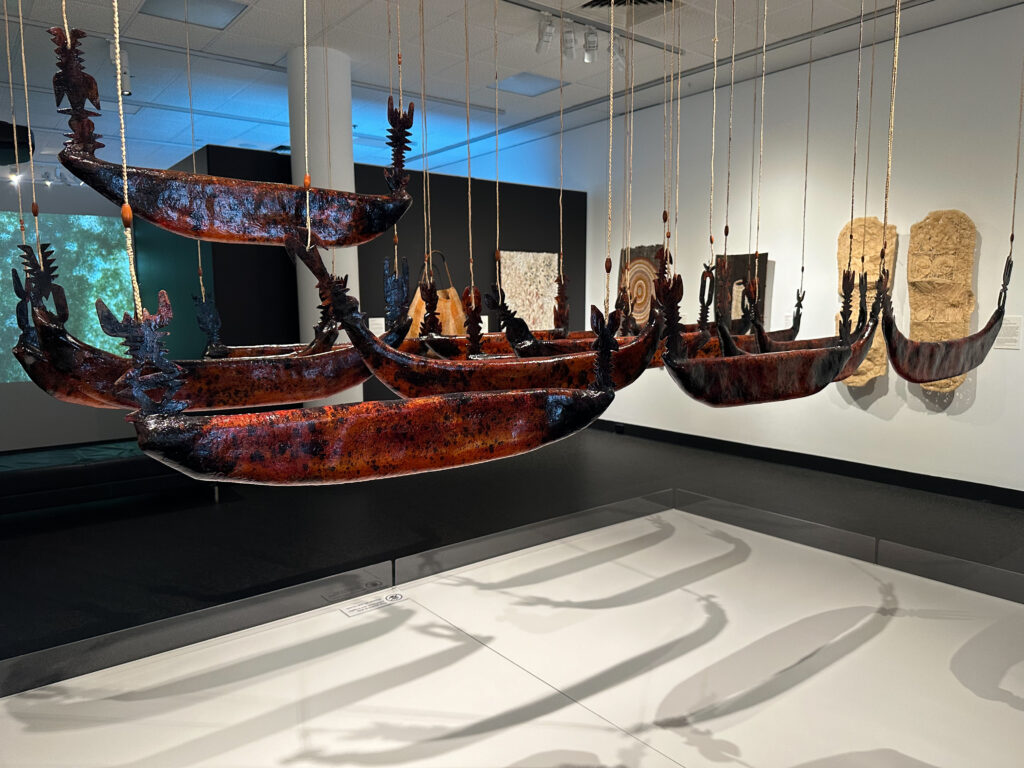
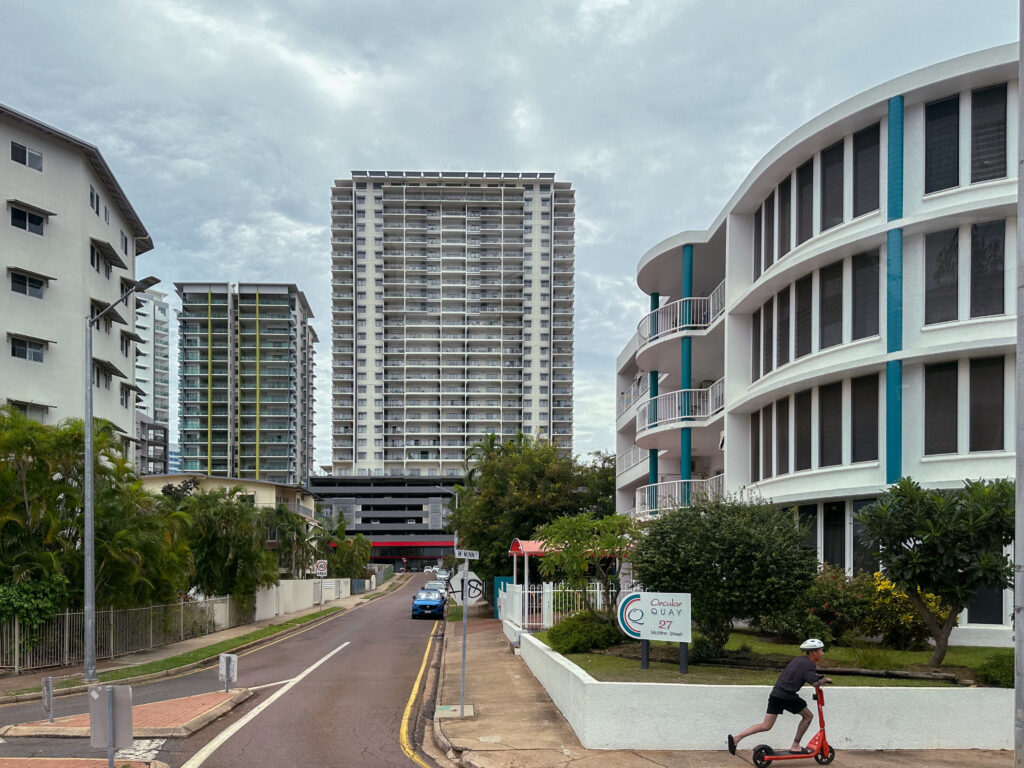



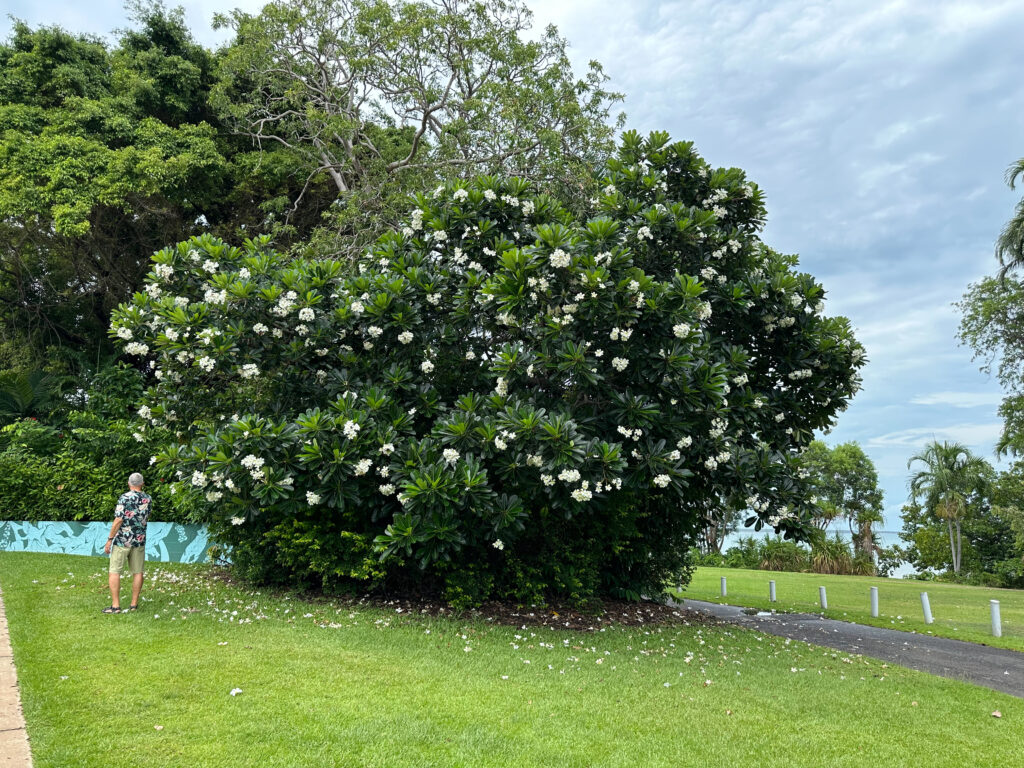
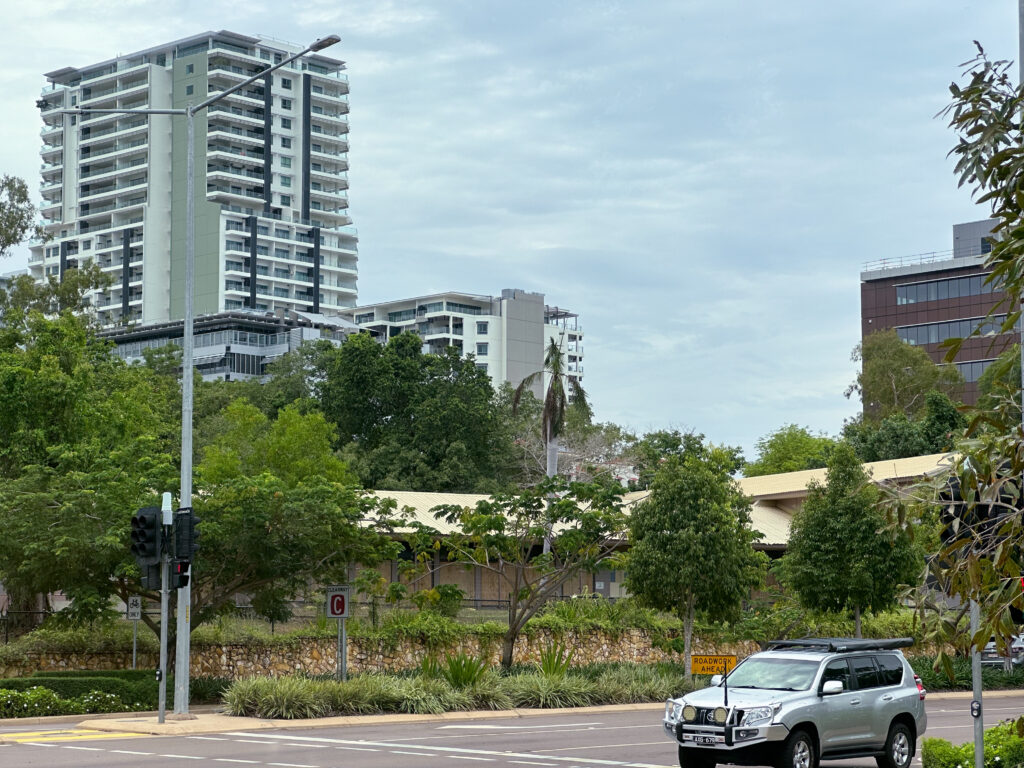




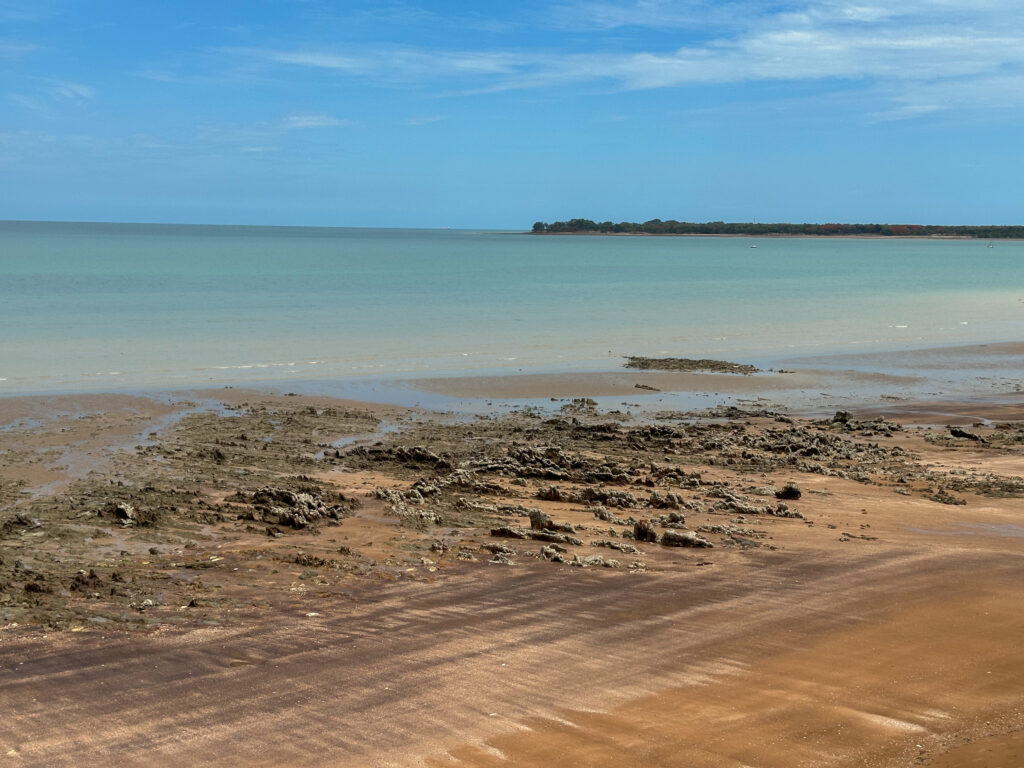


You do such a great job of describing your trips. I only wish each and every photo could be identified. Enjoy!!
If only my eye lids didn’t droop when the hour is late. Toothpicks?